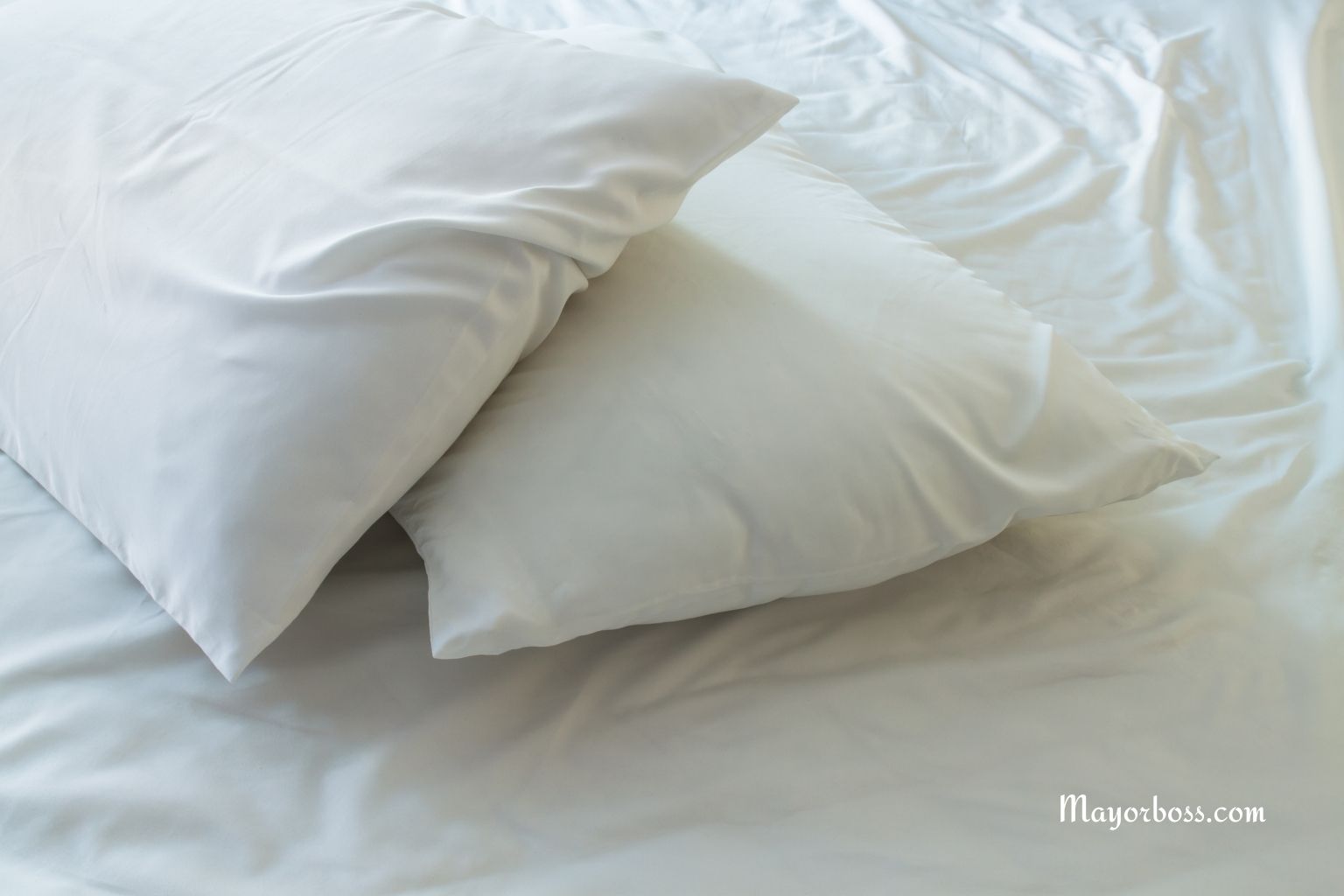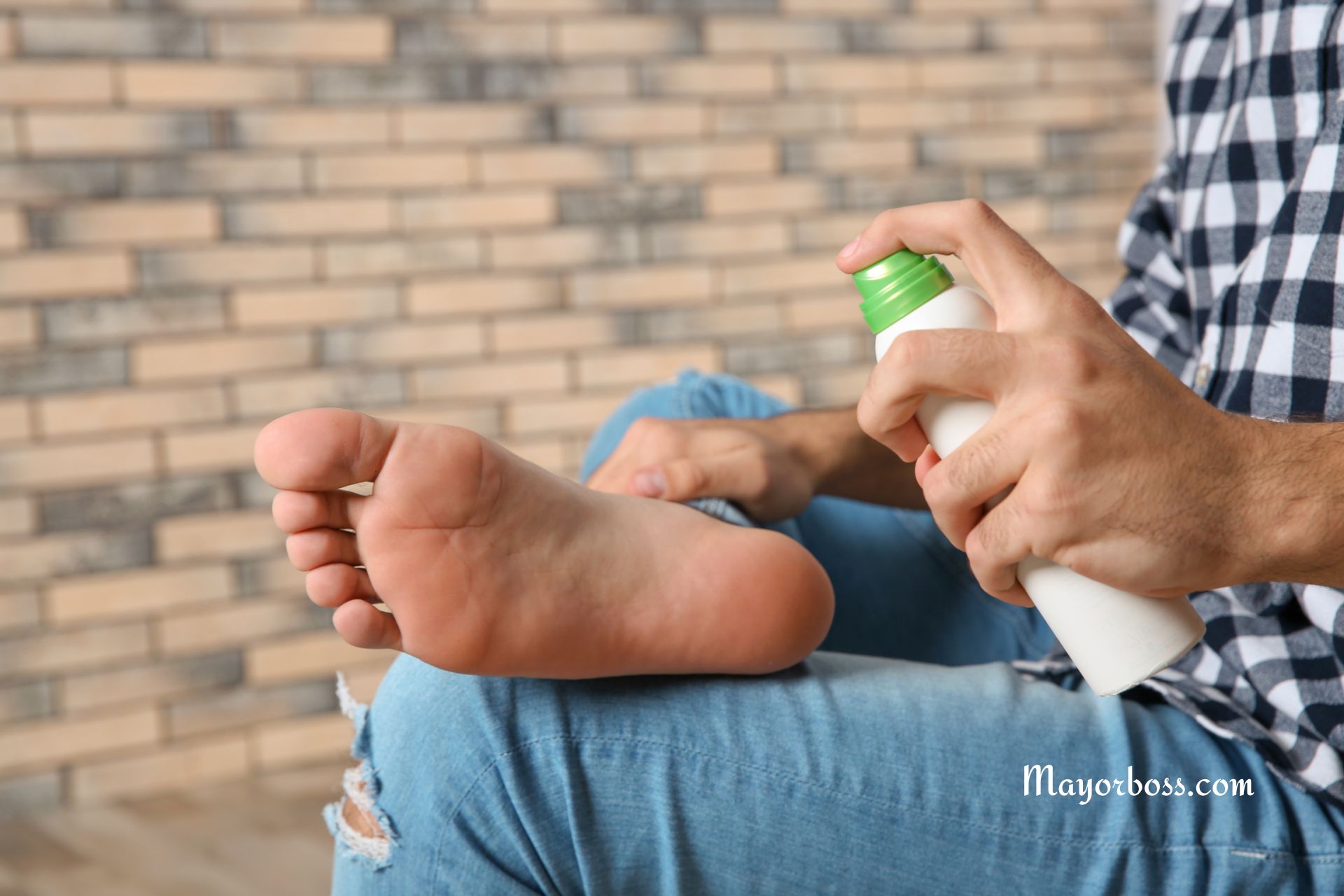Your Pillows Are Likely Dirtier Than You Think – Here’s How Often to Clean It
Pillows can collect sweat, body oils, skin cells, dust mites, and bacteria over time. Experts recommend washing them every three to six months to keep them fresh, clean, and safe for your health.

Why Pillows Need Regular Cleaning
Your pillow may look clean on the outside, but inside it can be a breeding ground for allergens and bacteria. Over time, sweat, skin oils, saliva, and dead skin cells sink into the filling. This creates an ideal environment for dust mites, which can trigger allergies, worsen asthma, and cause skin irritation.
If you often wake up with a stuffy nose, itchy eyes, or skin breakouts, your pillow could be part of the problem. Regular washing helps remove these irritants and keeps your pillow fresh.
How Often Should You Wash Pillows?
For most people, washing pillows every three to six months is enough to keep them fresh and hygienic. However, if you have allergies, asthma, or sensitive skin, washing them every three months or more frequently can help reduce symptoms.
This schedule is separate from washing pillowcases, which should be cleaned once a week since they come in direct contact with your face and hair.
Signs It’s Time to Wash Sooner
Even if you follow a regular washing schedule, certain signs mean you shouldn’t wait until the three-month mark. You should wash your pillows sooner if you notice:
If your pillow feels lumpy or doesn’t spring back after fluffing, it may be time to replace it instead of washing.
How to Wash Pillows the Right Way
Not all pillows can be cleaned the same way, so always check the care label first. Here’s a general guide:
1. For Machine-Washable Pillows
2. For Memory Foam or Latex Pillows
3. Drying Tips
How to Keep Pillows Cleaner Between Washes
You can extend the time between deep washes by:
When to Replace Your Pillows
Even with proper care, pillows don’t last forever. Most need replacing every one to two years. If you fold your pillow in half and it doesn’t spring back, or if it stays flat and lifeless, it’s no longer providing the support your head and neck need.
FAQs
1. Can I wash feather or down pillows?
Yes, but use a gentle cycle with mild detergent and dry on low heat with dryer balls to prevent clumping.
2. Do pillow protectors replace the need for washing pillows?
No. Protectors help reduce buildup but do not stop it entirely. You still need to wash pillows every few months.
3. Is it safe to wash memory foam pillows?
No. Memory foam should only be spot cleaned and air dried.
4. What’s the best way to remove yellow stains from pillows?
Pre-treat with a mix of baking soda, hydrogen peroxide, and a small amount of detergent before washing.
5. Can I air-dry pillows instead of using a dryer?
Yes, but make sure they dry completely in a sunny, well-ventilated area to prevent mold.






